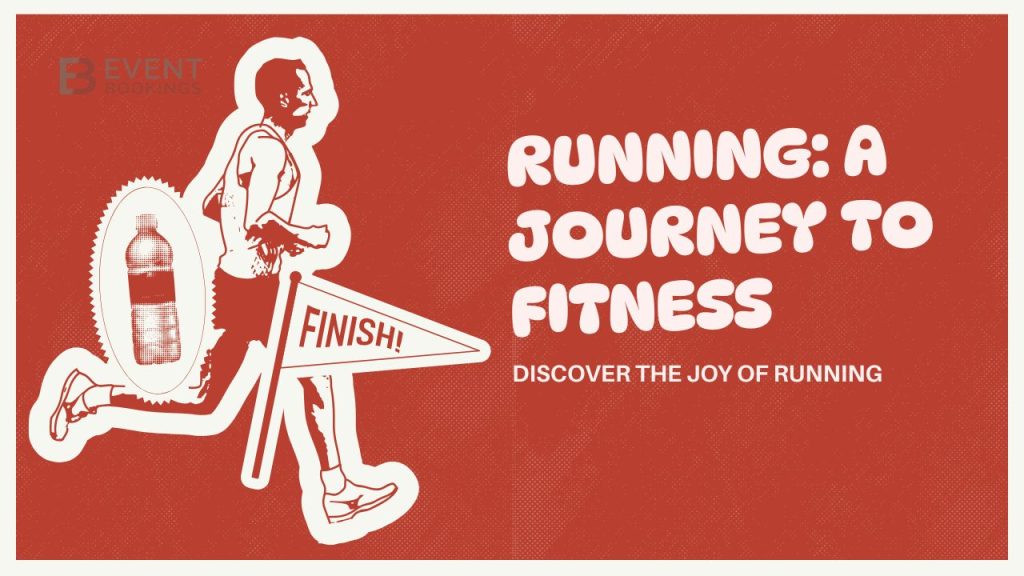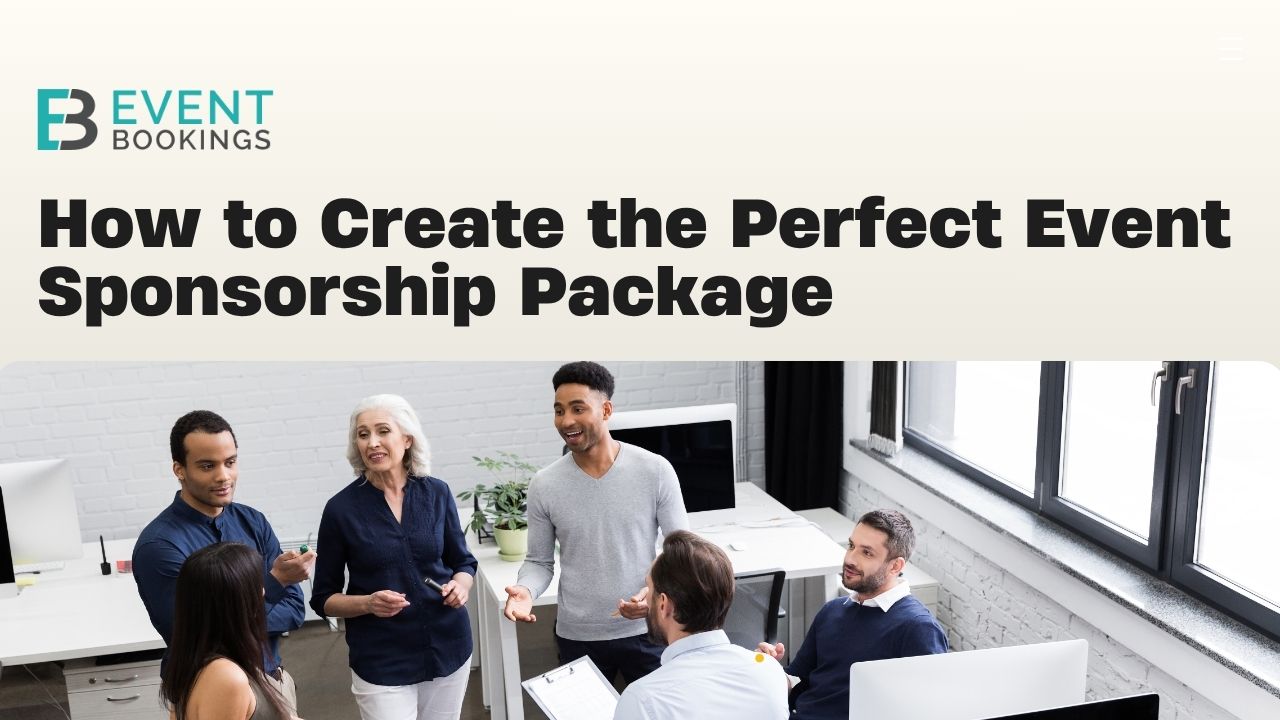Imagine you’re planning a big community event with all the great music, food stalls, and an enthusiastic crowd. You’ve got everything mapped out, except one thing: that is the budget. That’s where sponsors come in. But first, you have to convince them to back your event. And for that, you’ll need more than just enthusiasm; rather, you’ll need a well-thought-out event sponsorship package.
A sponsorship package will basically work as your event’s sales pitch. It shows potential sponsors what’s in it for them — from brand exposure to exclusive perks — and why your event is worth their investment.
Once done right, it cannot just secure your funding but also build lasting partnerships and give your event the credibility it deserves.
So, if you’re ready to attract sponsors and make your event stand out, follow this article.
What is an event sponsorship package?
If we say simply, a sponsorship package is actually a well-designed proposal that highlights the mutual benefits of a partnership that happens between your event and potential sponsors. It basically outlines two things: what the sponsors will gain and what the organisers will receive in return.
A well-designed sponsorship package clearly defines all the things, including,
- Sponsorship levels or tiers
- Benefits and visibility opportunities for each level
- Pricing or contribution expectations
- Audience demographics and reach
Why are they important?
If you’re looking for the right opportunity to connect with sponsors and tap into an alternate revenue stream, look no further than your events!
- They capture sponsors’ attention by showing how their brand will benefit from supporting your event.
- They provide financial stability as sponsorships often cover a large portion of event costs in order to improve the production quality and overall attendee experience.
- When you offer a polished package, it shows professionalism, making sure that your event is well-organised and worth investing in.
- They deliver mutual benefit for both parties, such as organisers get resources while sponsors receive brand visibility.
- Strong sponsorship packages build long-term relationships, ensuring repeat collaborations and consistent support for future events.
Key elements of a winning event sponsorship package
Here are some key elements that make an event sponsorship package stand out.
- Clear event overview
- Audience insights
- Sponsorship tiers and pricing
- Benefits and opportunities
- Customisation options
- Contact details
- Metrics and reporting
Types of event sponsorship packages
1. Tiered sponsorship packages:
These are the most popular types. It usually divides the pricing into levels such as Platinum, Gold, Silver, or Bronze. Each one of them comes with different pricing and benefits.
An example can be a conference that offers the Platinum sponsors a speaking slot, which might offer marketing materials to the Silver sponsors.
2. In-kind sponsorship packages:
Instead of providing money, sponsors offer products or services such as catering, venue space or printing to support the event.
An example can be a catering company that offers free meals for a charity gala in exchange for brand promotion at the event.
3. Media sponsorship packages
These sponsors offer promotional support through media channels such as radio, TV, print, or online advertising, instead of brand exposure during the event.
An example can be a local radio station that promotes a music festival on-air in exchange for having its logo displayed on the banner of the main stage.
4. Exclusive or title sponsorship packages
In this setting, a single sponsor becomes the primary partner of an event.
“The Nike City Marathon” can be a good example. Here, Nike is the title sponsor, featured on all event materials and merchandise.

5. Activity-based sponsorship packages
Sponsors fund specific parts or activities within the event. It can be the entertainment zone, refreshment area or workshops.
If a tech brand sponsors the “Smart Innovation Lounge” at a business expo, it showcases its products in that space. These corporate sponsorship packages will work well for companies seeking focused engagement opportunities.
How to set the right price for your sponsorship package
Pricing your sponsorship package correctly is crucial—it determines how attractive your offer will be to potential sponsors and ensures your event remains financially sustainable. Here’s how to do it effectively:
- You have to understand your event’s value, such as what makes your event unique, what the audience quality is, and how its brand exposure opportunities are. The more valuable these are, the higher you can price your event sponsorship tiers.
- You must know your audience data, like attendee demographics, engagement levels, and social media reach, to justify your pricing.
- Analyse market rates as well to stay competitive while still valuing your event fairly.
- Create tiered options to let the sponsors choose based on their budget and goals. But make sure that each tier’s price reflects the visibility and benefits offered.
- Consider both tangible and intangible factors, like logo impressions and leads, or brand credibility and networking opportunities, when determining value.
- The scale of your marketing, such as social media presence, email lists, media partnerships, and advertising, will also add value by boosting sponsor exposure.
- Prices can even vary by sector. Events in high-value industries like technology, finance, or healthcare can attract sponsors with larger budgets.
How to create an event sponsorship package
Step 1 –Know your event inside out
Before you pitch your sponsorship package, you must fully understand what you’re offering. Be clear about,
✔️ The key purpose of the event
✔️ Know your target audience
✔️ Things that make your event unique or valuable
Once you understand these details, you become clear about the value you’re offering and can confidently communicate it to your potential sponsors.
Step 2 – Identify your target sponsors
Don’t just aim for the big names; you have to pick the right names
✔️ Go for the brands whose audience matches your attendees
✔️ Check out the other names that sponsored similar events
✔️ Research other companies with active sponsorship budgets
This will help you to approach the sponsors who are more likely to say “yes.”
Step 3 – Choose the right sponsorship package type
Not all the sponsorships will fit into a one-size-fits-all model. Choose a model that works best for your event. For example, you can choose between
✔️ Tiered packages which will come in traditional Gold, Silver and Bronze formats
✔️ A La Carte options where individual items can be chosen, like sponsoring a coffee break or photo booth.
✔️ Custom packages which are tailored to specific sponsor goals
When you offer multiple types, it will give your sponsors the flexibility while increasing the likelihood of a match.
Step 4 – Set clear details
You must structure your offer with clarity. Make sure that each level has:
✔️ Clear pricing
✔️ Defined benefits
✔️ Limited spots to drive urgency
This way, your sponsors can quickly understand what they will be getting and why it’s worth the cost.
Step 5 – You must highlight the exclusive opportunities
Every sponsor loves VIP treatment. So, you can take this opportunity and
✔️ Offer unique chances like naming rights, keynote speaker branding, or VIP lounge sponsorship
✔️ Emphasise the exclusivity by mentioning something like— “only one available!”
When you are creating exclusive opportunities, it will create prestige and justify higher investment.
Step 6 – Showcase your audience demographics
Your sponsors will definitely want to know who they’re reaching. So,
✔️ Provide all necessary data on your audience: age, gender, industry, income, behaviour
✔️ Also mention how many attendees/viewers you expect
✔️ Add past stats if there is available
This data will prove that your audience matches your sponsor’s target market as well.
Step 7 – Craft an engaging introduction
Your first impression matters.
✔️ Start with something powerful like your mission statement or a story
✔️ You can include a short summary of your event’s impact or success
✔️ Make sure to keep it concise, confident, and exciting
All this will set the tone for your event and grab the reader’s interest early.
Step 8 – Outline your marketing strategy
You can share your marketing strategy to give an overview of how you’ll give them visibility.
✔️ Add detail about your marketing plan
✔️ Explain how sponsors will be featured, such as on logos, mentions, or through interviews
✔️ Include timelines or campaign highlights if you want
This will reassure the sponsors that they’ll receive real exposure and ROI.
Step 9 – Focus on visual appeal
The way your package looks matters. People judge with their eyes first.
✔️ Use professional branding, fonts, and colours
✔️ Add high-quality photos or infographics
✔️ Keep the layout clean and organised
All these will reflect your professionalism and credibility.
Step 10 – Be open to negotiation
Sponsors look for customisation.
✔️ Let them mix-and-match benefits
✔️Try to adjust pricing or create something unique
✔️ Keep the focus on building a relationship, not just selling a package
The more flexibility you offer, the closer you will get to closing a deal.
Creative ideas to make sponsorship packages stand out
If you want to attract and impress potential sponsors, you need to offer more than just standard logo placements. You must offer unique and engaging opportunities to make brands excited to be involved. Here are some creative ideas you can consider to implement:
- Create interactive sponsor booths to allow your sponsors to create immersive, hands-on experiences at the event.
- Let your sponsors host a networking session to give them direct access to attendees while positioning them as community leaders.
- Offer digital exposure like branded email mentions, sponsor banners in event apps, or recognition in live streams.
- Make collaboration with sponsors on engaging content such as blog posts, webinars, behind-the-scenes videos, or shutouts in promotional material.
- Keep your sponsors in the spotlight through social media recaps, highlight videos, or thank-you features, even if the event ends.
Tools & templates to streamline sponsorship packages
When you are developing a professional and efficient sponsorship process, it doesn’t have to be complicated. Make sure you use the right mix of digital tools, templates, and automation, so that you can save time, stay organised, and present sponsors with a data-driven proposal.
Comprehensive event platforms such as EventBookings make it smoother to handle every part of the sponsorship process—from proposal creation and online registration to communication, billing, and real-time reporting. These platforms ensure a hassle-free sponsor experience by covering everything from centralising event logistics to reducing manual work.
Or, if you use professionally designed templates, it can help you quickly put together attractive sponsorship proposals. You don’t have to start from scratch, and you can include sections for sponsorship tiers, benefits, pricing, and visuals to make your package look cohesive and on-brand.
Overall, you have to remember that a great sponsorship package isn’t just about funding; it’s also about how you are creating a win-win scenario, considering both your event and your sponsors benefit. So, put enough thought into your approach, stay flexible, and your sponsorships can become a key driver of your event’s success.




